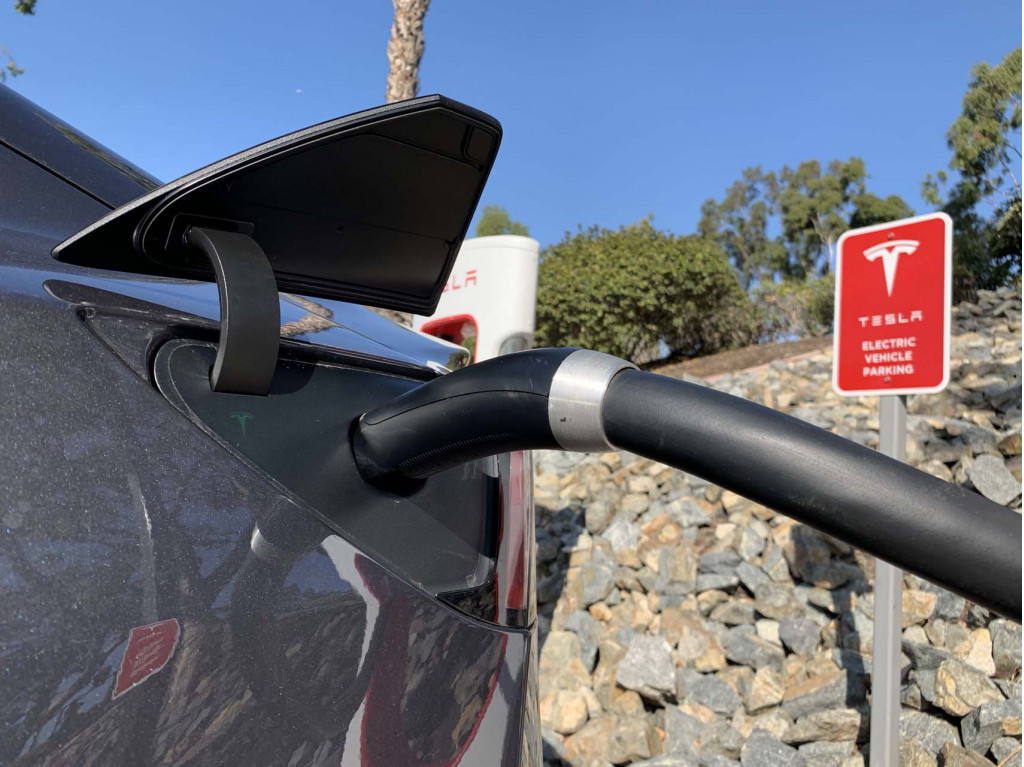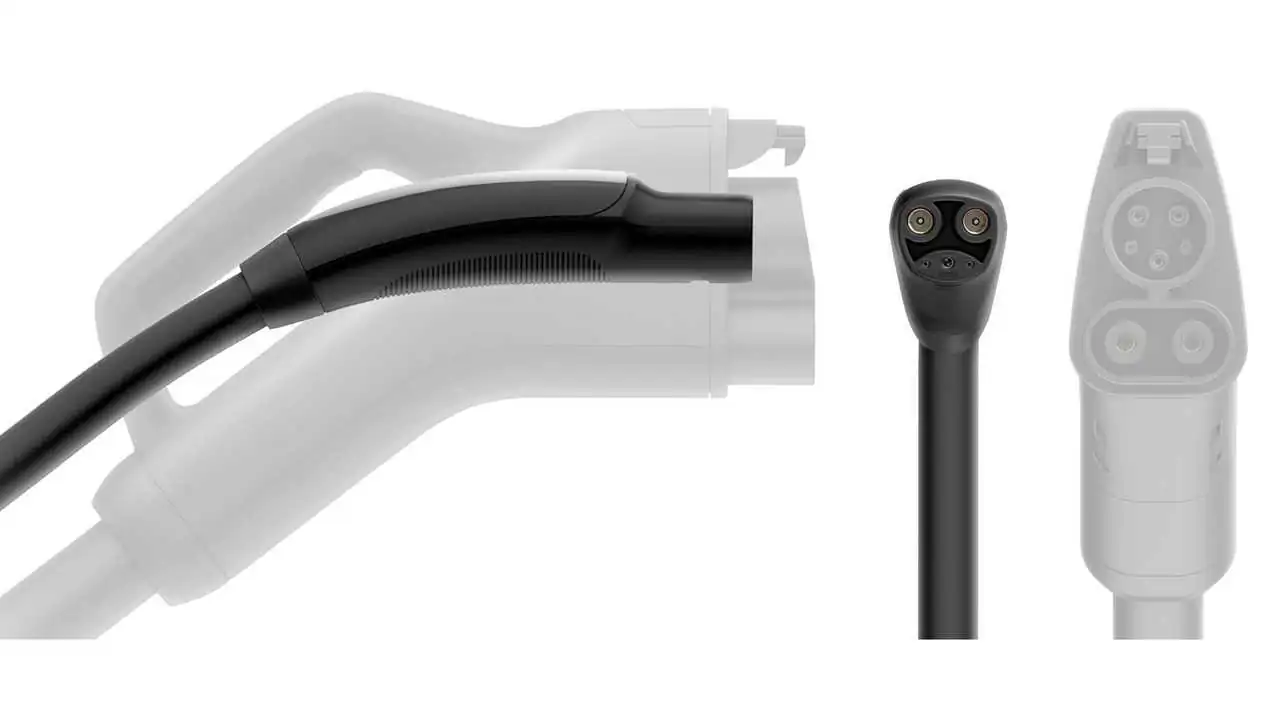CCS vs Tesla’s NACS Charging Connector
CCS and Tesla’s NACS are the main DC plug standards for fast-charging EVs in North America. CCS connectors can deliver higher current and voltage, while Tesla’s NACS has a more reliable charging network and better design. Both can charge EVs to 80% in under 30 minutes. Tesla’s NACS is widely used and will be supported by major automakers. The market will determine the dominant standard, but Tesla’s NACS is currently more popular.
Fast charging electric vehicles in North America primarily use two DC plug standards: CCS and Tesla’s NACS. The CCS standard adds fast-charging pins to the SAE J1772 AC connector, while Tesla’s NACS is a two-pin plug that supports both AC and DC fast charging. While Tesla’s NACS is better designed with smaller and lighter plugs and a reliable charging network, CCS connectors can deliver higher current and voltage. Ultimately, the dominant standard will be determined by the market.
Most electric vehicles in North America are fast-charged using either the Combined Charging System (CCS) or Tesla’s North America Charging Standard (NACS). CCS is used by all non-Tesla EVs and grants access to Tesla’s proprietary network of Supercharger stations. The difference between CCS and NACS and the impact on EV charging is explored below.
The North American version of CCS adds fast-charging pins to the SAE J1772 AC connector. It can deliver up to 350 kW of power, charging most EV batteries to 80% in less than 20 minutes. CCS connectors in North America are designed around the Type 1 connector, while European CCS plugs have Type 2 connectors known as Mennekes. Non-Tesla EVs in North America, except the Nissan Leaf, use a built-in CCS connector for fast charging.
Tesla’s NACS is a two-pin plug that supports both AC and DC fast charging. It is not an expanded version of the J1772 connector like CCS. The maximum power output of NACS in North America is 250 kW, which adds 200 miles of range in 15 minutes at a V3 Supercharger station. Currently, only Tesla vehicles come with the NACS port, but other popular automakers will start selling NACS-equipped EVs in 2025.
When comparing NACS and CCS, several evaluation criteria come into play. In terms of design, NACS plugs are smaller, lighter, and more compact than CCS plugs. NACS connectors also have a button on the handle to open the charging port latch. Plugging in a CCS connector can be more challenging, especially during winter, due to long, thick, and heavy cables.
In terms of ease of use, CCS cables are longer to accommodate various charging port locations in different EV brands. In contrast, Tesla vehicles, except the Roadster, have NACS ports in the left rear tail light, allowing for shorter and thinner cables. Tesla’s Supercharger network is widely regarded as more reliable and extensive than other EV charging networks, making it easier to find NACS connectors.
While the CCS plug standard can technically deliver more power to the battery, the actual charging speed depends on the EV’s maximum charging input power. Tesla’s NACS plug is limited to a maximum of 500 volts, while CCS connectors can deliver up to 1,000 volts. The technical differences between NACS and CCS connectors are outlined in a table.
Both NACS and CCS connectors can fast-charge EVs from 0% to 80% in under 30 minutes. However, NACS is slightly better designed and offers access to a more reliable charging network. CCS connectors can deliver higher current and voltage, but this could change with the introduction of V4 Superchargers. Additionally, if bidirectional charging technology is desired, options with CCS connectors are necessary, except for the Nissan Leaf, which uses a CHAdeMO connector. Tesla plans to add bidirectional charging capability to its vehicles by 2025.
The market will ultimately determine the better EV charging connector as EV adoption increases. Tesla’s NACS is expected to emerge as the dominant standard, supported by major automakers and its popularity in the US, where Superchargers are the most common type of fast charger.
Post time: Nov-22-2023

 Portable EV Charger
Portable EV Charger Home EV Wallbox
Home EV Wallbox DC Charger Station
DC Charger Station EV Charging Module
EV Charging Module NACS&CCS1&CCS2
NACS&CCS1&CCS2 EV Accessories
EV Accessories


